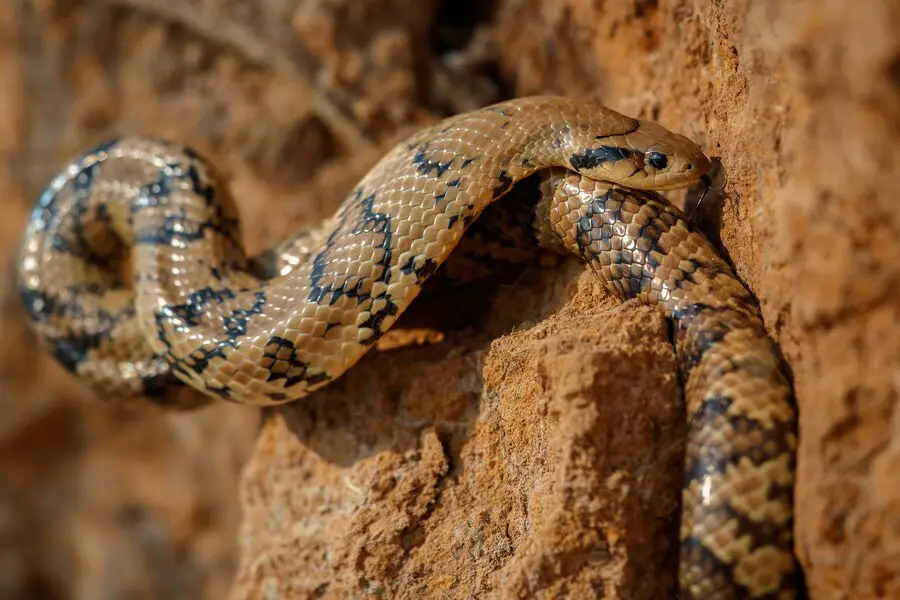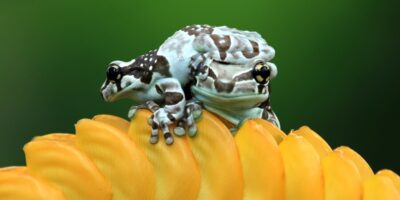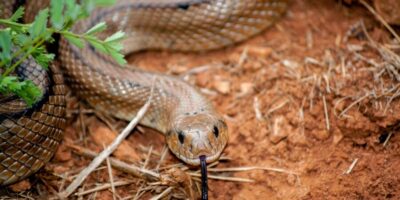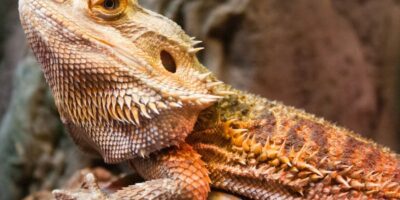Embark on a journey into the world of ball pythons with our blog, unraveling the intricacies of their care. As captivating exotic pets, ball pythons bring a unique charm to households. Central to their well-being is the critical role of maintaining optimal temperatures, which is essential for regulating metabolism. As popular exotic pets, ball pythons require meticulous care, especially in maintaining optimal temperatures.
Basic Temperature Requirements for Ball Pythons
Ball pythons, native to tropical regions, demand specific temperature conditions for thriving in captivity. Their origin in warm climates underscores the vital role of warmth in regulating essential biological functions. Maintaining an adequate temperature range is not just a comfort but a necessity for these reptiles. It facilitates proper metabolism and aids in the digestion process, ensuring the overall well-being of ball pythons in captivity. Owners must replicate these tropical conditions to provide a conducive environment for their pet’s health.
Natural Habitat Conditions
Ball pythons hail from the lush landscapes of sub-Saharan Africa, where they thrive in the tropical regions of grasslands and forests. In their natural habitat, these serpents bask in the warmth of the sun during the day and navigate cooler temperatures at night. The intricate balance of temperature, humidity, and natural surroundings plays a pivotal role in their physiological functions and behavior. Understanding and replicating these natural habitat conditions is key to ensuring the well-being and vitality of ball pythons in captivity.
Ideal Temperature Ranges
Creating an optimal environment for ball pythons in captivity involves maintaining specific temperature ranges. During the day, temperatures between 80 and 90°F (27 and 32°C) provide the warmth necessary for digestion and activity. Nighttime temperatures can slightly drop, ranging from 75 to 80°F (24 to 27°C), mimicking the natural temperature fluctuations in their native habitat. This diurnal temperature gradient is essential for promoting natural behavior, ensuring proper metabolic function, and supporting a healthy, thriving ball python in captivity.
Uses Of Heat Sources
Creating a suitable microclimate for ball pythons in captivity involves the strategic use of heat sources. Heat pads, placed beneath the enclosure, provide a warm surface for belly heat, mimicking the warmth of the ground. Heat lamps simulate the sun’s rays, offering an overhead heat source. These tools are pivotal for maintaining the recommended temperature gradients. Careful placement and monitoring ensure that ball pythons can regulate their body temperature effectively, promoting digestion, metabolism, and overall well-being in captivity.
Factors Affecting Ball Python’s Ability
The age and size of a ball python significantly influence its ability to tolerate temperature fluctuations. Younger or smaller snakes generally possess a higher metabolic rate, rendering them more susceptible to environmental changes. Rapid metabolism necessitates consistent warmth for proper bodily functions. Consequently, these smaller pythons are more vulnerable to temperature fluctuations, especially in colder conditions.
Maintaining an ideal temperature range becomes crucial for their well-being, as inadequate warmth may impede digestion, immune function, and overall health. Recognizing these size and age-related differences underscores the importance of tailored temperature management, ensuring that ball pythons of varying life stages receive the optimal conditions for thriving in captivity.
Health Conditions
The overall health of a ball python plays a crucial role in its ability to tolerate temperature fluctuations. A good-health snake is better equipped to regulate its body temperature effectively. Conversely, illness or stress can compromise this ability, making the python more sensitive to temperature changes.
A weakened immune system, commonly associated with illness or stress, may hinder the snake’s capacity to maintain its thermal balance. Therefore, regular health assessments, stress reduction strategies, and prompt veterinary care are essential components of ensuring that ball pythons can adequately manage temperature variations for their overall well-being in captivity.
Temperature Monitoring
Ensuring the well-being of ball pythons hinges on understanding their heat requirements. Regular temperature monitoring is imperative, with a recommended range of 80–90°F (27–32°C) during the day and a slightly cooler range at night. The duration of heat exposure is equally critical, with a consistent heat source provided for approximately 12 hours each day. Maintaining these general guidelines is vital for supporting the python’s metabolism, digestion, and overall health in captivity.
Natural Behaviour Adaptations
Ball pythons exhibit natural adaptations to brief temperature drops, showcasing a degree of resilience. Their behavior adjusts to cope with mild fluctuations, often adopting energy-conserving measures. However, there are limits to this tolerance. Prolonged or severe cold exposure can surpass their adaptive abilities, potentially leading to stress, compromised immune function, or difficulty in vital processes like digestion. Understanding these limits emphasizes the importance of maintaining a stable and suitable environment for the well-being of ball pythons.
Extended Periods
Extended periods without adequate heat pose significant risks to the health of ball pythons. Prolonged cold exposure can lead to a range of issues, including suppressed metabolism, impaired digestion, and weakened immune function. Signs of distress may manifest as lethargy, difficulty in movement, or refusal to eat. Inadequate heating can also contribute to respiratory infections. Ball python owners must remain vigilant, promptly addressing any signs of discomfort or health issues, and ensuring a consistently warm environment to safeguard the well-being of their reptilian companions.
Mitigating Risks
Mitigating risks for ball python owners involves prioritizing proper heating equipment. Investing in reliable heat sources, such as pads or lamps, ensures a stable environment. Setting up a temperature gradient within the enclosure allows pythons to regulate their body temperature naturally. Additionally, being prepared for emergencies, like power outages or equipment failures, is crucial. Owners should have contingency plans in place, such as backup heating options, to swiftly address and rectify any disruptions in the python’s heat environment.
Monitoring Temperature Consistently
Consistent temperature monitoring is paramount for the well-being of ball pythons in captivity. Regular checks ensure that the enclosure maintains the appropriate temperature gradients. Owners should employ reliable thermometers and maintain a daily routine of monitoring. This diligence helps identify and address any deviations promptly, preventing potential health issues associated with temperature fluctuations. By making temperature surveillance a routine practice, ball python owners actively contribute to the overall health, comfort, and thriving of their reptilian companions.
Conclusion
In conclusion, the well-being of ball pythons hinges on meticulous temperature management. From understanding their natural habitat to implementing suitable heating equipment, maintaining optimal temperatures is paramount. As stewards of these captivating reptiles, owners bear the responsibility of creating a conducive environment. Regular temperature monitoring and swift responses to deviations are essential. This journey doesn’t end here; ongoing education and awareness are crucial. By staying informed, ball python enthusiasts empower themselves to provide the best possible care, ensuring the health, comfort, and thriving of their slithery companions.




